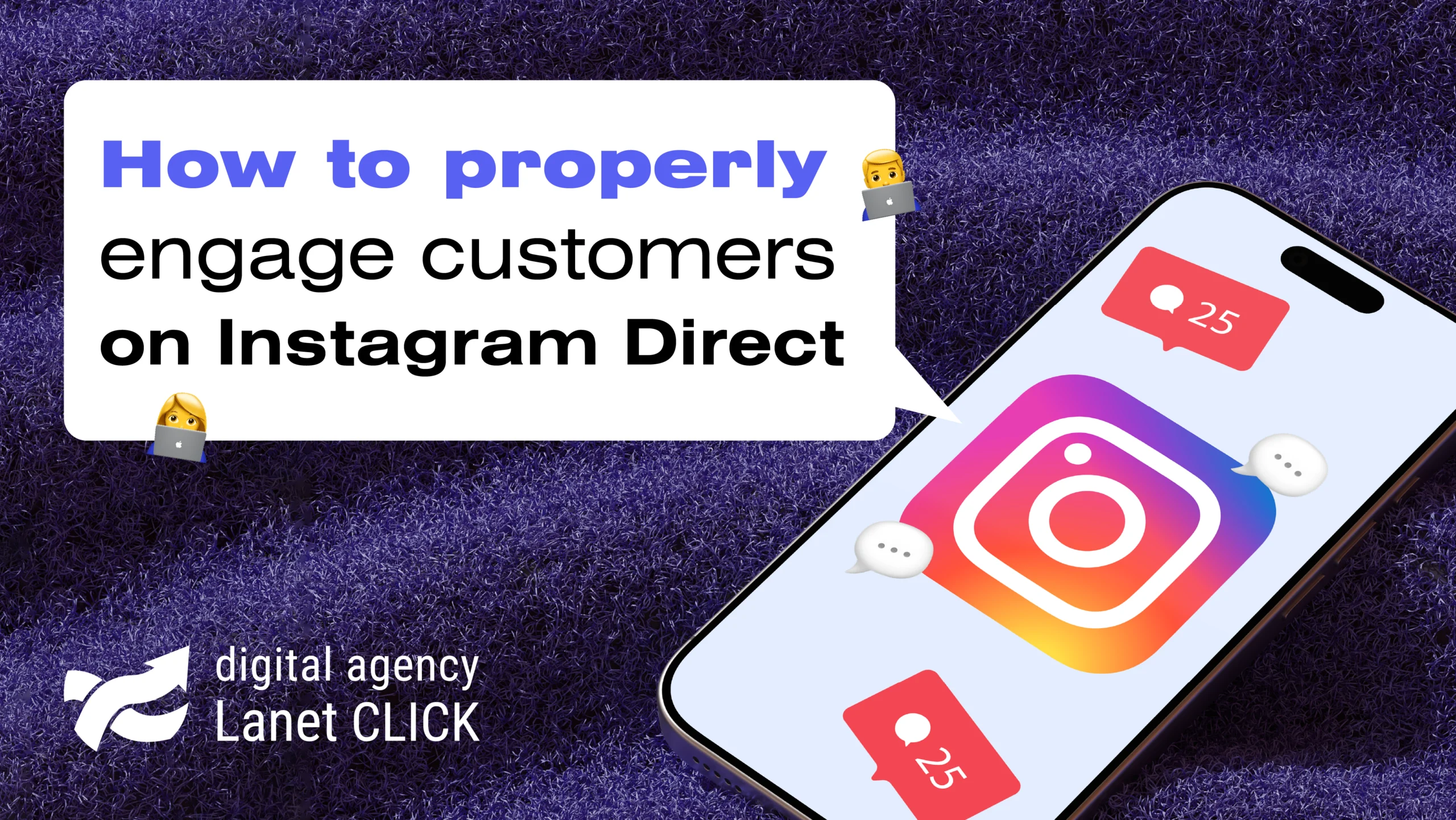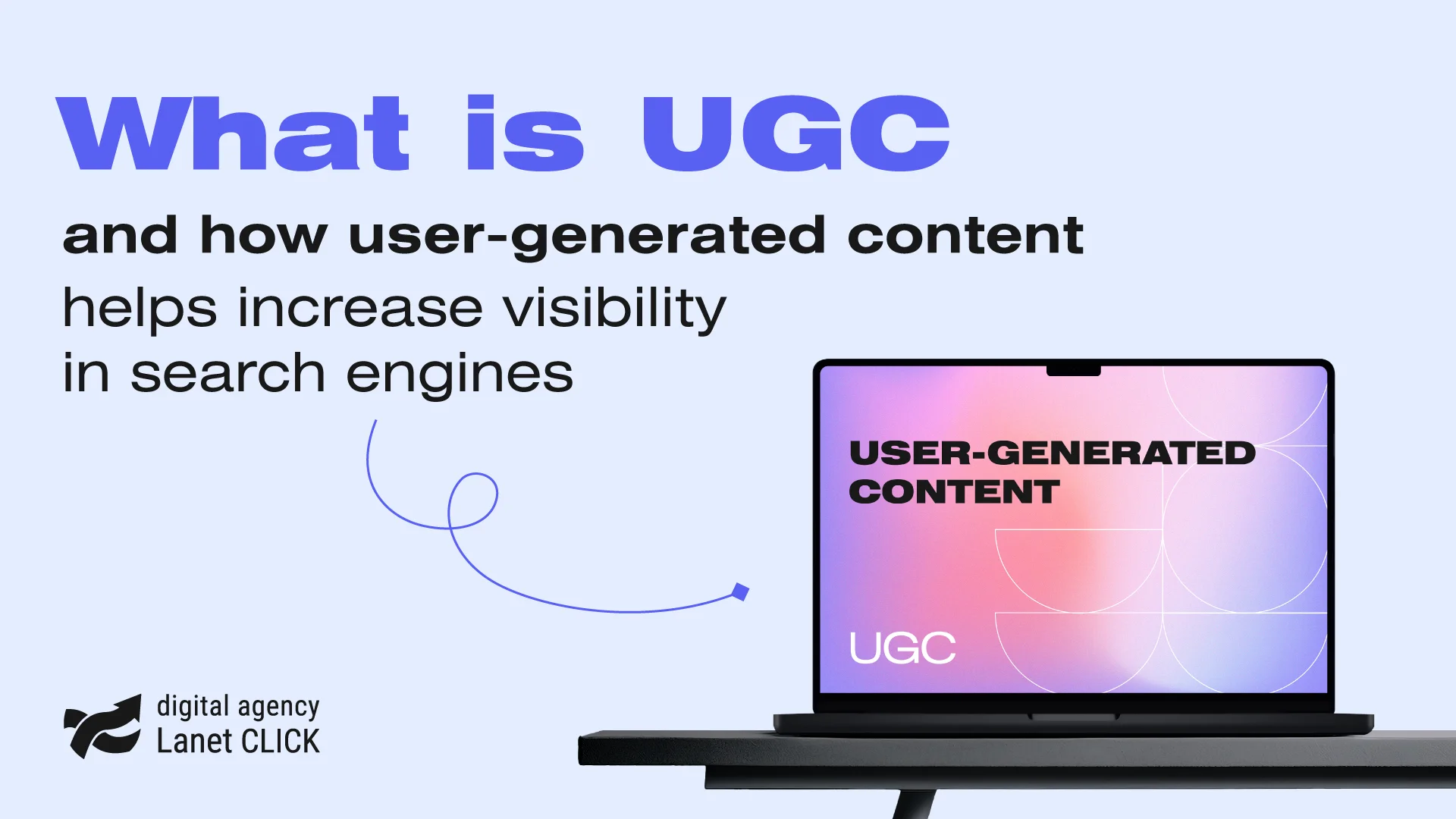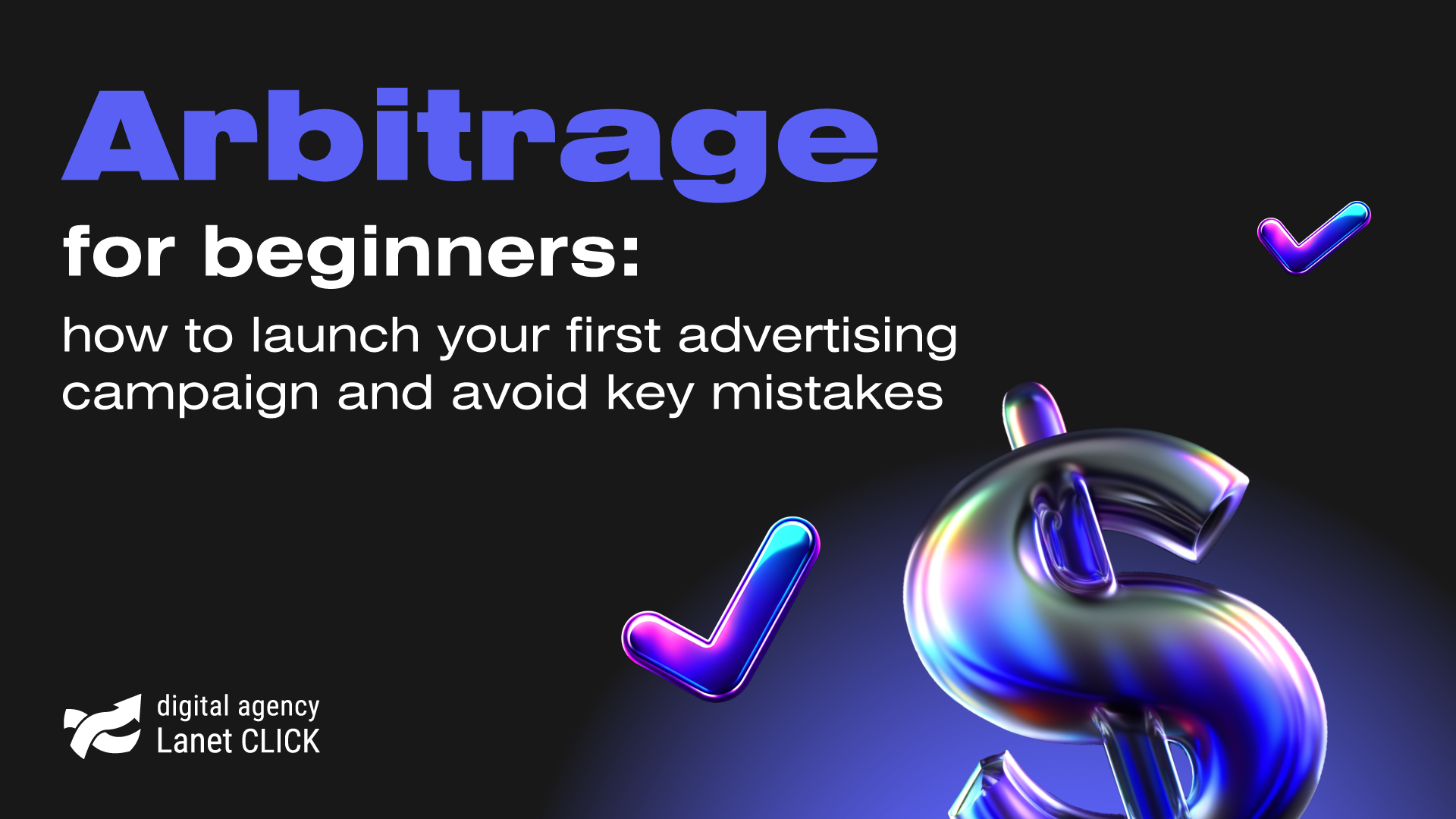
How to properly engage customers on Instagram Direct
Instagram Direct is an opportunity for businesses to build direct communication with customers, which many use for clarifications before making […]

Conversion in marketing is a user’s action in response to an appeal placed in an advertisement: downloading the program, calling, installing the program, registering for a course, purchasing a product, etc. Google Analytics’ multi-channel funnel divides the role of channels in the conversion path into three possible areas:
By definition, assisted conversions, or multi-channel funnels, are the number of sales a channel helped. If a channel appears anywhere besides the last interaction on the purchase path, it is considered additional to that purchase. In simpler terms, multi-channel funnels are customer interactions with a website that lead to a conversion but not a final purchase or order. Therefore, assisted conversions are often ignored in the analysis.Why do assisted conversions matter? Because that’s how companies know if their marketing funnels are working properly. Not all people are ready to buy the first time they get to the site. By establishing several touch points and analyzing the conversions at each of them, you can engage potential buyers in the sales funnel. Conversions allow companies to distinguish between visitors who are interested in their products and those who are not.Adwords conversions (Google AdWords) can also help companies identify problems with their website or marketing funnels. By analyzing the customer journey and finding bottlenecks, marketers can see what’s working or not and which traffic sources are driving more or fewer clicks.Conversion paths are histories of interactions (clicks or transitions) that lead to a transaction on a website. Digital conversion channels include organic search and advertising, websites, social networks, and email newsletters.
A conversion rate is the percentage of visitors to a page who complete a specific targeted action. Common conversion goals are:
The choice of a specific conversion goal depends on the business’s nature and the site’s purpose. In addition, conversions can be divided into micro-conversions and macro-conversions.
Depending on the definition of conversion and traffic measurement, there are several ways to calculate the conversion.
General conversion formula:
Example: If a website gets 13,000 visits per month from ad campaigns and 2,600 conversions, your conversion rate is 20%.What is the conversion time? It is the period during which a person decides to carry out a targeted action (purchase). Also, this parameter allows you to determine exactly when during the day the target audience needs a sales offer. Analysis of the conversion time will help to find out the duration of the online sales cycle, which will allow you to optimize the advertising campaign based on the time of conversion.
To modify an existing conversion:
The available data through call-tracking allows marketers to optimize their campaigns and ultimately increase conversion rates. The process is relatively simple, and positive results are visible almost immediately.
Call-tracking can be used to increase conversion rates in the following ways:

Instagram Direct is an opportunity for businesses to build direct communication with customers, which many use for clarifications before making […]

User-generated content has become an effective digital marketing tool for increasing user engagement, building a loyal audience, and advancing search […]

Traffic arbitrage has become one of the most popular ways to advertise products or services online, attracting both experienced marketers […]
A good strategy, perfectly selected digital tools, and their effective application will allow the business to increase profits, grow the customer base, and form recognition and loyalty. Do you want something like that? Contact us.
You have taken the first step towards effective online marketing. Our managers will contact you and consult you soon.